The global economy has been grappling with inflationary pressures that have reshaped monetary policies and consumer behavior across continents. While central bankers and economists debate appropriate responses, the fundamental drivers of inflation remain rooted in two primary mechanisms: demand-pull and cost-push factors. These forces operate through distinct channels yet often intertwine to create complex inflationary environments that defy simple solutions.
Demand-pull inflation emerges when aggregate demand outpaces an economy's productive capacity. This phenomenon typically occurs during periods of robust economic growth, expansive fiscal policies, or loose monetary conditions. The post-pandemic recovery provided a textbook case of demand-driven inflation as pent-up consumer spending collided with supply chain disruptions. When households flush with stimulus checks compete for limited goods and services, prices inevitably rise. The velocity of money accelerates as employment strengthens and wage growth fuels further spending, creating self-reinforcing upward pressure on price levels.
Historical episodes reveal how demand-side inflation can spiral if left unchecked. The Great Inflation of the 1970s demonstrated how accommodative policies could overstimulate an economy, while more recent examples include housing market booms driven by low interest rates. What makes demand-pull inflation particularly challenging is its psychological dimension - when consumers and businesses expect prices to keep rising, they adjust their behavior in ways that validate those expectations. Central banks counter this through interest rate hikes designed to cool economic activity, but the medicine often proves painful as it risks triggering recessions.
Cost-push inflation operates through entirely different mechanisms, originating from the supply side of the economy rather than the demand side. This variety of inflation occurs when production costs increase, forcing businesses to raise prices to maintain profit margins. The energy shocks of the 1970s demonstrated how geopolitical events could trigger worldwide inflationary waves, while contemporary examples include semiconductor shortages and climate-related agricultural disruptions. Unlike demand-pull scenarios, cost-push inflation creates the worst possible scenario for policymakers - rising prices coupled with stagnant output, known as stagflation.
The current economic landscape presents a complex interplay of both inflationary types. Pandemic-related fiscal stimulus created demand-side pressures just as supply chain bottlenecks and labor market shifts drove up costs. Energy markets were particularly volatile, with the Russia-Ukraine conflict exacerbating existing pressures from the transition to renewable energy sources. These overlapping forces have made traditional monetary policy responses less effective, requiring central banks to balance between containing inflation and avoiding economic collapse.
Structural changes in the global economy are altering traditional inflation dynamics. Aging populations in developed nations constrain labor supply while simultaneously changing consumption patterns. The globalization that once suppressed prices through cheap imports now faces reversals as geopolitical tensions prompt reshoring initiatives. Climate change introduces new volatility to agricultural and energy markets, while technological advancements continue disrupting traditional pricing models across sectors. These deep currents suggest that policymakers may need to develop more nuanced frameworks for understanding and addressing inflationary pressures in the coming decades.
What remains certain is that inflation - whether demand-pull or cost-push - operates as a regressive tax that hits vulnerable populations hardest. Fixed-income earners, low-wage workers, and those without assets that appreciate with inflation bear the brunt of eroding purchasing power. This socioeconomic dimension adds urgency to the search for effective policy responses that can stabilize prices without crushing economic growth. As the global economy navigates uncharted waters, the lessons from past inflationary episodes become both guideposts and warnings for the path ahead.

By Samuel Cooper/Apr 10, 2025

By Grace Cox/Apr 10, 2025
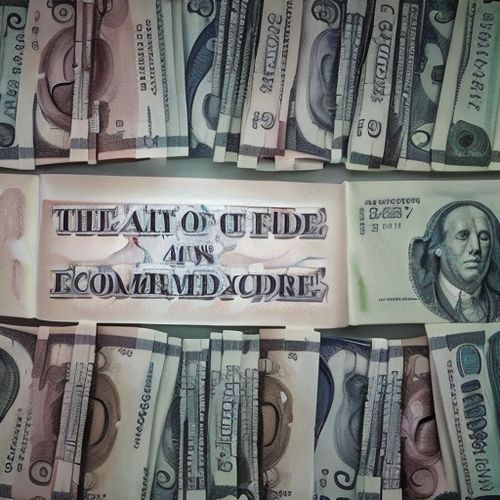
By Emily Johnson/Apr 10, 2025

By John Smith/Apr 10, 2025

By Ryan Martin/Apr 10, 2025
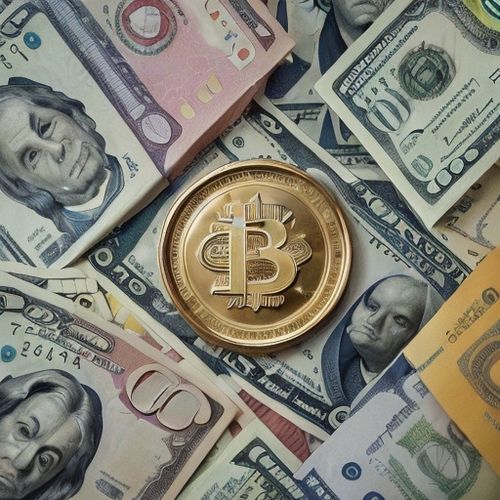
By Ryan Martin/Apr 10, 2025
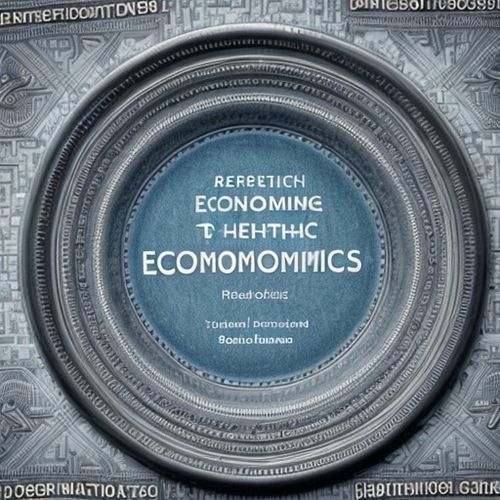
By Joshua Howard/Apr 10, 2025

By Eric Ward/Apr 10, 2025

By Christopher Harris/Apr 10, 2025
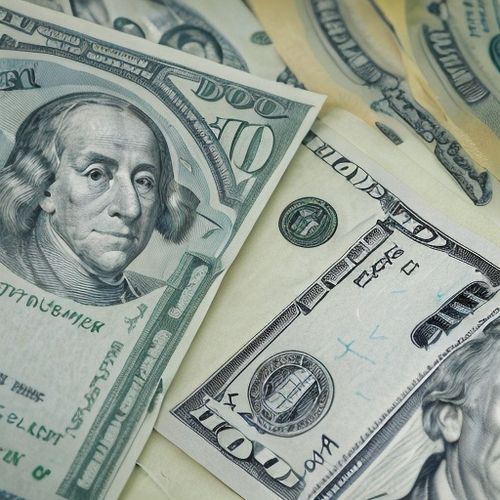
By Sophia Lewis/Apr 10, 2025
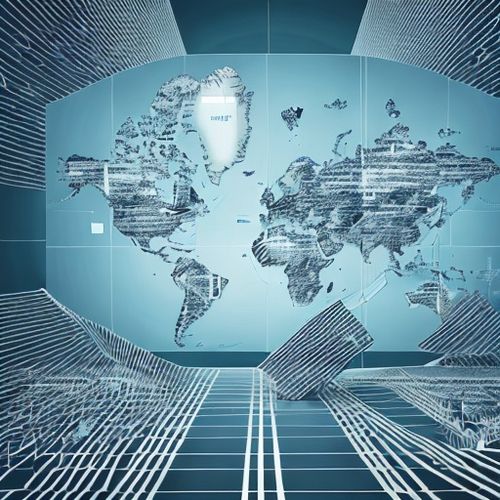
By George Bailey/Apr 10, 2025

By Michael Brown/Apr 10, 2025

By Joshua Howard/Apr 10, 2025

By Lily Simpson/Apr 10, 2025

By Emma Thompson/Apr 10, 2025

By William Miller/Apr 10, 2025

By Samuel Cooper/Apr 10, 2025

By George Bailey/Apr 10, 2025